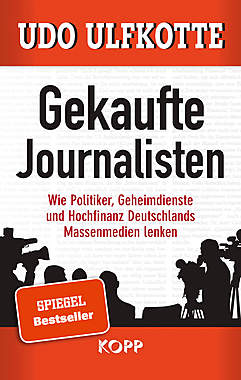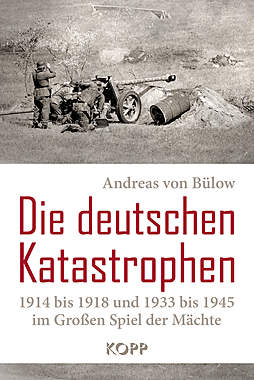- Taxes in the Ancient World - Popeye, 11.08.2002, 09:31
- Die 'Macht' fördert also nicht, sondern unterbindet wirtschaftliche Entwicklung! - Galiani, 11.08.2002, 13:35
- Re: Rom ist der feinste Beweis für meine These - nicht umgekehrt! - dottore, 11.08.2002, 14:49
- Und die Geschichte wiederholt sich doch... overkill in mesopotamia - Popeye, 11.08.2002, 16:13
- Re: Rom ist der feinste Beweis für meine These - nicht umgekehrt! - dottore, 11.08.2002, 14:49
- Die 'Macht' fördert also nicht, sondern unterbindet wirtschaftliche Entwicklung! - Galiani, 11.08.2002, 13:35
Und die Geschichte wiederholt sich doch... overkill in mesopotamia
-->Under its second king, Shulgi (2094 - 2047 B.C.), numerous reforms created the most centralized and bureaucratic state
apparatus so far attested in the ancient Near East. These reforms included the creation of an army with large numbers of
conscripts, the reorganization of the temple households (which effectively became possessions of the state), a unified
administrative system for southern and northern Babylonia, the creation of crown lands, the centralization of industries into
production centers, the creation of a law collection ('Codex Shulgi'), and the standardization of the calendar as well as of the
measuring and writing systems (Steinkeller 1991: 16 - 17). In geographical terms, the Ur III state controlled Babylonia, the
East-Tigrisland, parts of the Zagros and Elam. The state was divided into provinces, usually successors of previous city
states, governed by a local city ruler (ensÃ); in addition, a military governor (shagina) with virtual independence from the
city ruler was appointed to most provinces by the central government. Differences in the taxation system divided these
provinces into a core area and periphery (Steinkeller 1991: 17f.). The periphery was formed by a 'defense zone' along the
east bank of the Tigris from Urbilum to Tutub and Der (excluding Elam); its military personnel paid a special tax (mu-túm
lugal, later gún ma-da) in livestock or agricultural produce (Maeda 1992). This tax revenue was paid into the 'bala', an
enormous redistribution system with large central collection centers, from which provinces belonging to the core area could
draw supplies. Best known among these places is Puzrish-Dagan near Nippur, which dealt with livestock and animal
products (Sigrist 1992).
The picture of Ur III society traditionally presented in scholarly literature identifies three distinct classes: free citizens (lú),
semi-free 'serfs' (gurush), and house slaves (arad) (see Gelb 1972 and 1979). Abundant ration lists from the Ur III period
have been seen as evidence for a large group of semi-free laborers, living in family structures, being employed largely in
vast agricultural and irrigation projects. Such a clear-cut view is now gradually being reconsidered (e.g. Steinkeller 1987).
Likewise, the private economic sector, which was gravely neglected because of the predominance a predominance of state
and temple archives, has now received more attention (Waetzhold 1987; Neumann 1992; van Driel 1994).
In spite of its elaborate setup the Ur III state did not survive much longer than a century.
Mehr hier:
<ul> ~ http://www-oi.uchicago.edu/OI/DEPT/RA/DISPROP/Reichel_diss.html#Ia</ul>
gesamter Thread:
 Mix-Ansicht
Mix-Ansicht

